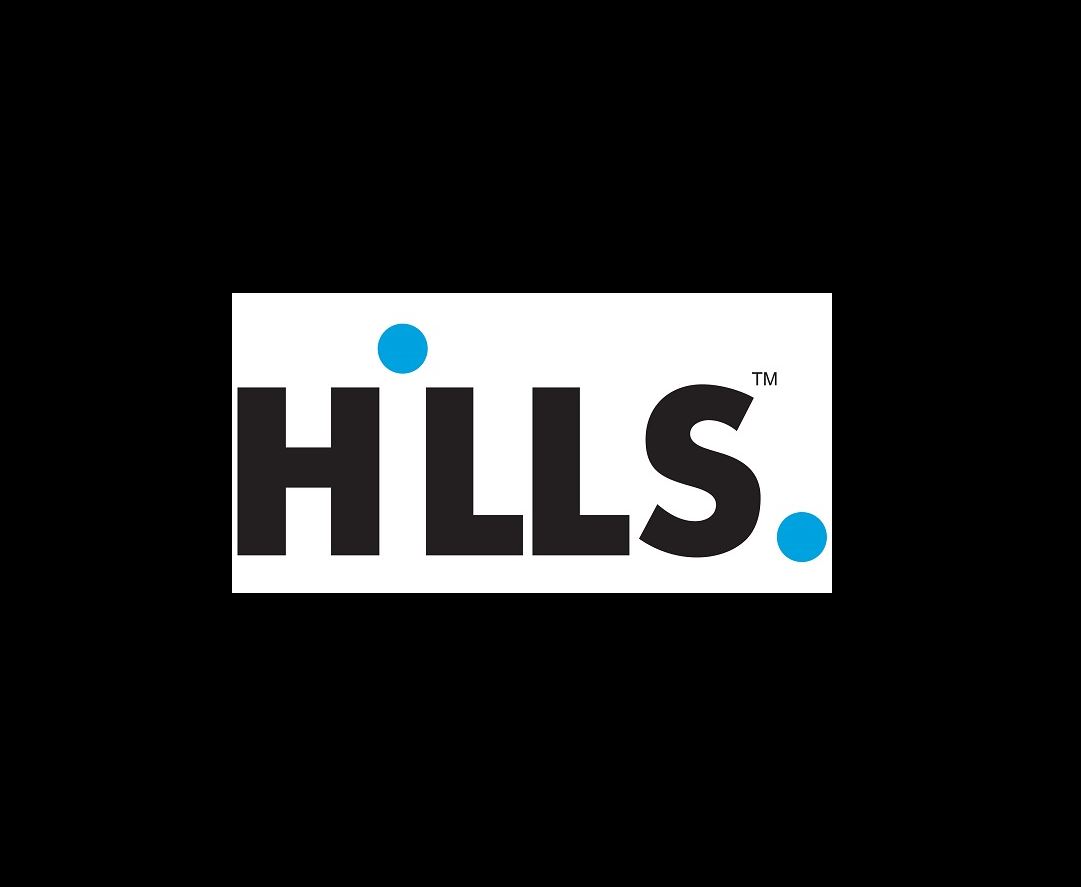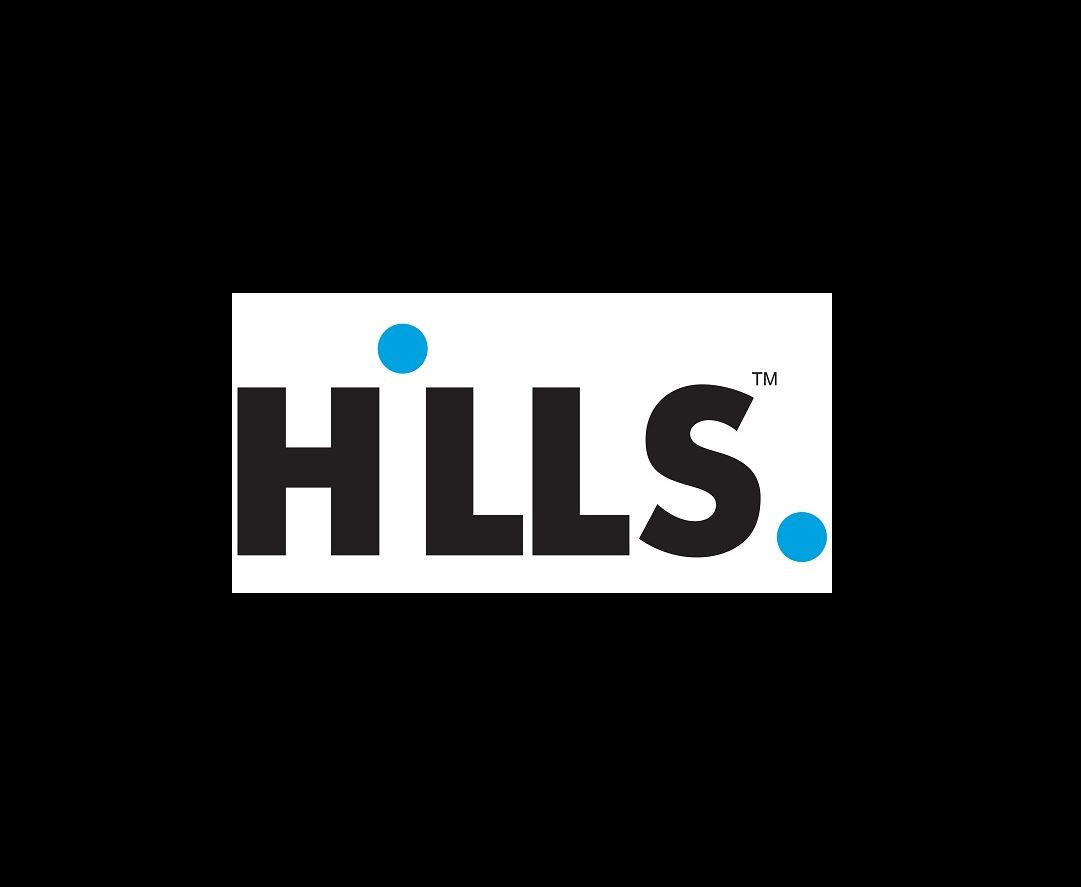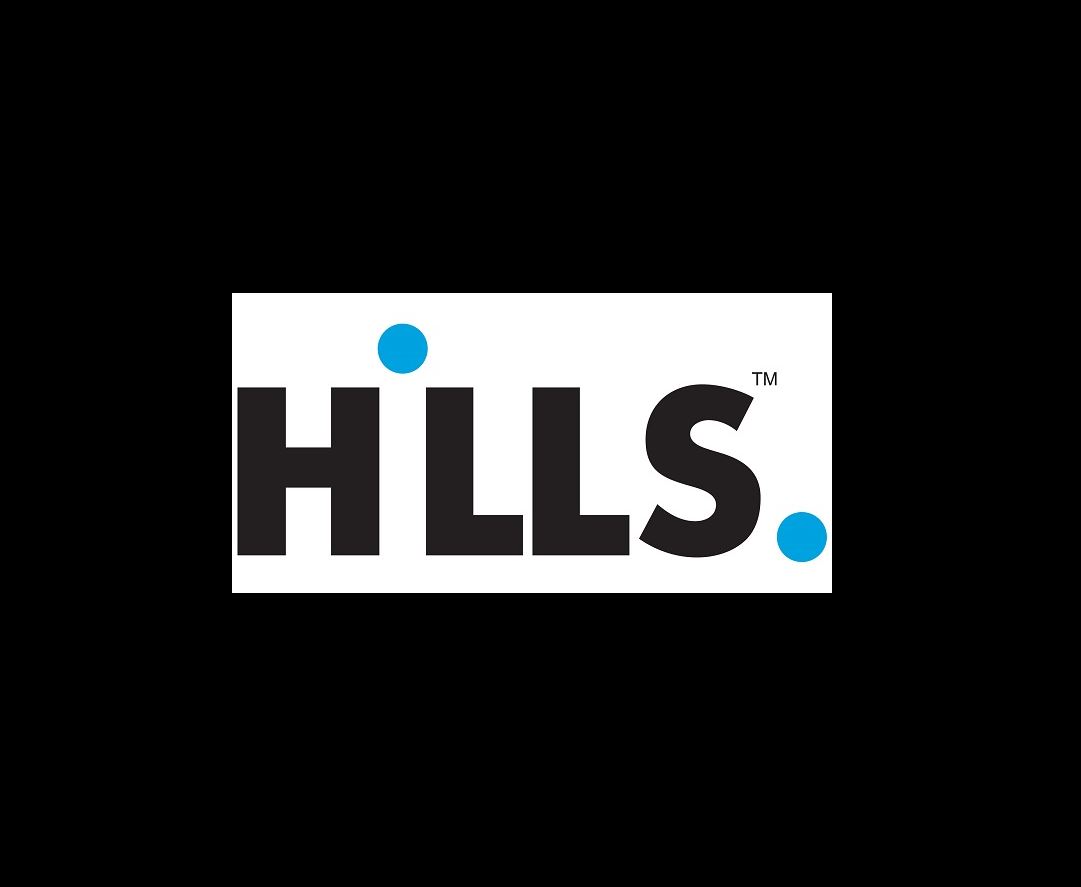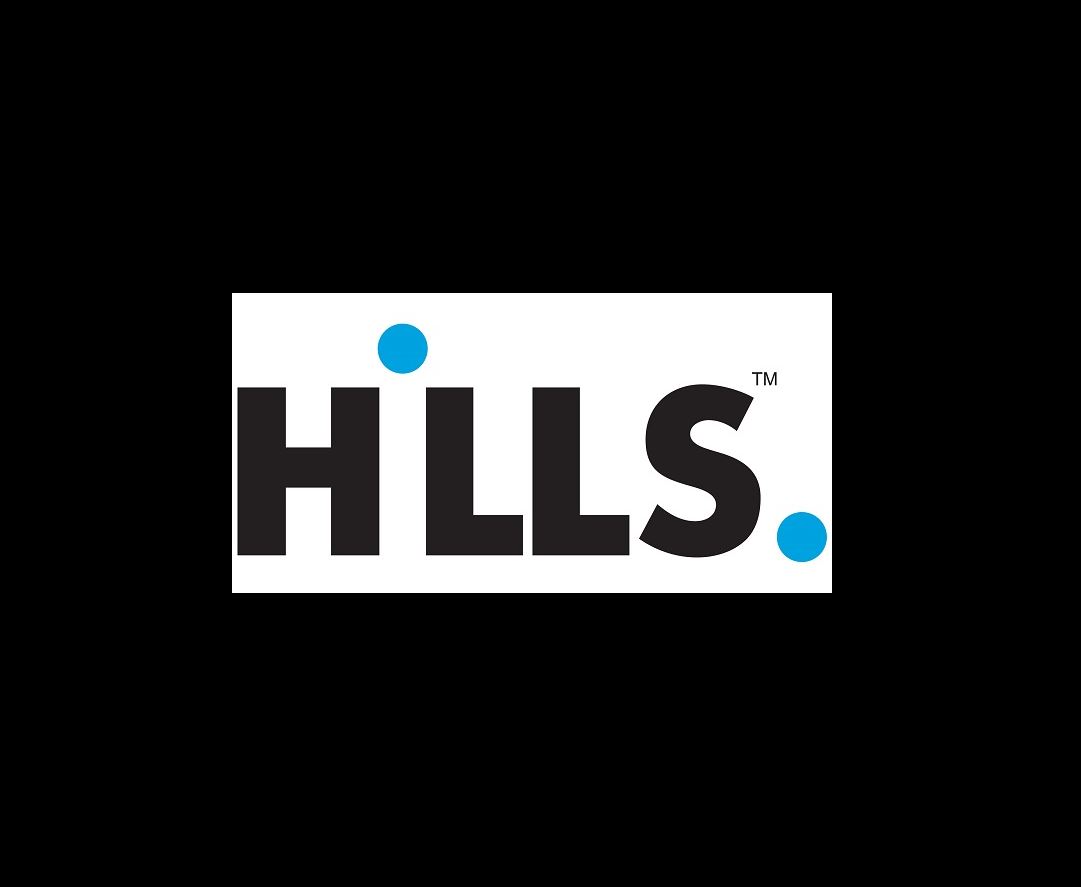Information
-
HTS Quality Inspection 008 Fixed Wireless Ride Along Audit
http://connection-solutions.hills.com.au -
Conducted on:
-
Work Order:
-
Auditors name:
-
Contractor Name & ID:
-
Add location
-
HTS Expectations:
It is a WHS requirement that a Pre-start toolbox is conducted with all persons attending site, a Risk Assessment is completed for every task, this is done before a job is started.
This will be separate to any site specific inductions that may be required.
The subcontractor will complete this audit in full and all evidence that is collected such as photos and comments made by the new subcontractor will be documented.
Risk Assessment - Auditor
-
Have you completed a Pre-start check or Site Induction with the subcontractor you are auditing?
-
Please conduct a Pre-start meeting with the contractor you are auditing
-
Hazards
- Extreme weather conditions
- Auditing in Public Area
- Hazardous Materials on site
- Auditing in an enclosed space
- Auditing from Ladder
- Auditing at Height
- Auditing from EWP
-
Controls
- Conduct Toolbox with contractor
- Create exclusion zone around auditing area
- Harness used when auditing at height
- Safety rope used when auditing at height
- Safety Barrier Used
- Temporary roof anchor used
- Ladder secured
-
Residual Risk Level
-
Auditors Signature
Subcontractor Responsibilities (PCBU)
-
All persons conducting a business or undertaking at a workplace (PCBU) have a primary duty of care to ensure so far as reasonably practicable, the health and safety of workers engaged by the person, and all other persons are not put at risk from work carried out by the PCBU.
Division 2 - s (19) WHS Act 2011
Division 2 - s (40) WHS Reg 2011 list the duty of the PCBU in relation to general workplace facilities
https://www.safeworkaustralia.gov.au/law-and-regulation -
Have you explained the Risk Assessment (JSA) process and how it must be completed on site before work commences?
-
Confirm you have made the subcontractor aware of the following WHS responsibilities of a PCBU.<br>Provide access to first aid (First Aid Kit)<br>Provide access to water (Fresh drinking water)<br>provide access to hygiene services (Toilet paper, wet wipes, hand sanitizer)<br>Provide access to food<br>Provide access to communications (Mobile Phone)<br>Provide access to an emergency management plan (Emergency Evacuation Plan)
-
Confirm you have made the subcontractor aware of the Emergency Australia App - this should be part of their emergency evacuation plan in case of an emergency.
-
Explain the legislative requirement that all persons onsite must be accredited and carry all necessary PPE to complete the job safely while working in accordance with the SWMS?
-
Have you explained all ODU separation of service requirements, as per S009-2020 Customer Cabling Rules (ACMA)?<br>Minimum height ODU 2.4m.<br>Minimum distance ODU to poly-carbonate roofing 2m.<br>Minimum electrical separation 3m.<br>Minimum separation to all other services 1m.
-
Have you explained all IDU separation of service requirements, as per S009-2020 Customer Cabling Rules (ACMA)?<br>Minimum height IDU 300mm from floor.<br>Maximum Height IDU from floor 1.8m<br>Minimum electrical separation 150mm or 50mm if a permanent barrier from GPO<br>Minimum clear access to IDU 900mm<br>NTD Label visible and not covering ventilation<br>Tamper proof screw and sticker fitted to rear of IDU
-
Emergency Australia App - National Triple Zero Awareness Work Group
http://emergencyapp.triplezero.gov.au/
Explain each section of the Risk Assessment in JAS in Journey
-
Hazardous Materials Asbestos-containing Materials (ACM)
-
Explain to contractor where in journey, what is required
-
Confined Spaces & Manholes
-
Explain to contractor where in journey, what is required
-
Road/Off Road Motor Vehicle Safety
-
Explain to contractor where in journey, what is required
-
Electrical safety
-
Explain to contractor where in journey, what is required
-
Electromagnetic Emissions (EME)
-
Explain to contractor where in journey, what is required
-
Environment Protection
-
Explain to contractor where in journey, what is required
-
Laser Safety
-
Explain to contractor where in journey, what is required
-
Mobile plant and equipment
-
Explain to contractor where in journey, what is required
-
Traffic / Pedestrian Management
-
Explain to contractor where in journey, what is required
-
Underground & Concealed Services
-
Explain to contractor where in journey, what is required
-
Work at Height / Fall prevention
-
Explain to contractor where in journey, what is required
Work orders/Journey/Contractor Portal
-
Explain the requirement to provide adequate notes clearly communicating what you have done on site, information is key to be paid a site visit. No information = No Payment
-
Explain Operations and when to contact them 1300 732 626?
-
Explain EPS (E//) and when to contact them 1800453966
-
Demonstrate Journey to the new subcontractor?
-
Explain how to use manual work orders, deed of releases and who to send them to? (Operations)
-
Explain the different closure codes and how to close a job as WND?
-
Explain how to submit and close a WO as NSI?
-
Explain the requirement to log into the contractor portal and check contractor availability and routed work daily?
-
Explain the emergency contact procedure to the sub-contractor and the requirement to carry their mobile phone at all times and show their ID card and enable card on request.
-
Explain to the new sub-contractor how they can login to the HTS Contractor Portal and access Manual Work Orders, Consent Forms and Deed of Release forms (Mandatory) and Training Documents.<br>All are available in the download section of the Contractor Portal.
-
The Sub-Contractor MUST have access to the contractor portal and that they should carry & have an adequate number of manual paperwork to complete an installation if Journey is unavailable, please advise the Sub-contractor to download these forms from the Contractor Portal.
HTS compliance
-
Does the Sub-contractor have the following licenses? Drivers license, White card (or state equivalent), Enable Card, Working at heights license, Inspection Log Book, Inspection Certificate? QT must sight all licenses, log books and certificates - (Mandatory)
- CPCCWHS100 - Construction Induction Certificate (White Card)
- RIIWHS204D - Work Safely at Heights Certificate attainment and license
- MEM15004B - Completion of Height Safety Equipment Inspection Training course
- Height Safety Log Book
- Enable Card
- Drivers License
-
Please take photo of all Licenses
-
Is the Sub-contractor wearing Safety Footwear that meets AS/NZS 2210? Is the Sub-Contractor wearing Hi-visibility clothing that meets AS4602 class D or D/N?
- Safety Footwear AS/NZ 2210
- Hi-Visibility Clothing AS 4602
-
Does the Sub-contractor have an Hills ID badge with Risk Calculator - (Mandatory)
-
Is the Sub-contractor carrying a signed copy of all the latest version of the HTS SWMS and relevant MSDS (Mandatory)
-
Sub-contractor must carry a copy of the relevant SWMS and MSDS and provide on request, please advise the Sub-contractor to download these documents from the Contractor Portal.
-
Does the Sub-contractor have an off-sider or another contractor working with them on this site?
-
Is the 2nd person authorised to be onsite?<br>Has a risk assessment has been carried out for the 2nd person and logged in Journey? <br>Do they have an Enable Card and are they known to HTS - QT to ask and check
-
QA fail this inspection, ask the non authorised person to leave site and notify HCS of this breach
Sub-contractor Vehicle
-
Is the sub-contractors vehicle in good working condition?
-
How are the ladders secured to the subcontractors vehicle?
- Ladder Rack
- Ratchet Strap
- Cam Buckle
- Internal Racking
- No Racking
- Rope
- Electrical Tape
- Other
-
How are the sub-contractor tools and equipment secured inside the vehicle?
- Ladder Rack
- Ratchet Strap
- Cam Buckle
- Internal Racking
- No Racking
- Rope
- Electrical Tape
- Other
-
Does the new sub-contractor have a First Aid Kit and First Aid stickers displayed on their vehicle? <br>First Aid kit must comply with First Aid in the work place Code of practice 2020.<br>First Aid Kit must be easily accessible and contain the minimum quantities.
-
This is a critical WHS fail. Please advise contractor they are not compliant and they will need to purchase or update their first aid kit ASAP to meet code of practice 2018.
-
Is an optional Fire Extinguisher carried in the subcontractors vehicle compliant?
-
It is a mandatory WHS policy that if a Fire Extinguisher is in your vehicle, it must be compliant with Australian Standard AS 2444-2001 and have a current testing tag and Fire Sticker clearly displayed on the vehicle
Electrical Safety - Demonstrate and explain
-
Show the subcontractor how to implement electrical lockout using an approved electrical lock out kit, and the required acceptable photo for Journey - There is a example in Journey, showing all electrical lock out requirements (These are all the mandatory photo requirements)
-
Provide demonstrated photo of Electrical Safety
-
LOTO - Lock out and Tag Out power-box correctly when the contractor is completing the following?<br>Accessing a roof cavity.<br>Pulling cables through a cavity.<br>Drilling / penetrating through ceiling, roof or walls.
-
If the house has an Aerial lead-in cable?<br>Subcontractor must ensure a minimum 3m clearance of any installed equipment away from the lead-in cable and identified the possible route of the cable to the switchboard?
-
If 240 volt AC power tools are used they must be tagged and tested?
Ladder Safety - Demonstrate and Explain
-
Show the subcontractor how to setup the ladder and take an acceptable photo for Journey - There is an example photo in Journey of ladder secured to acceptable Anchor Point showing how to work safely at height, clearly demonstrating 1000mm, 4/1 ratio, Exclusion zone (These are all the mandatory photo requirements)
-
Provide demonstrated photo of Ladder Safety
-
Have you explained the following Ladder safety requirements?
- 4/1 Ratio ladder setup
- Ladder secured to anchor point
- Exclusion zone created around ladder - 3m up - 1m out
- 1000mm extension above landing
- Ladder inspected prior to use
- Correct ladder for task
- 3 points of contact
-
Ladder must be inspected prior to each use and in good condition - What is the condition of the subcontractors ladders?
Height Safety - Demonstrate and Explain
-
Show the subcontractor how to setup the 2/1 Tether System and take an acceptable photo for Journey - There is a example in Journey, showing how to work safely at height (These are all the mandatory photo requirements)
-
Provide demonstrated photo of Height Safety
-
How to use a rated anchor point (15kn) using the HTS approved 2/1 tether system method, and how to implement correctly?
-
How to use a safety line ensuring the minimum amount of line is played out so that there is no chance of a fall?
-
When the Sub-contractor is working at height either on a ladder or roof, they must be attached to an anchor and secured at all times?
-
Tools & materials must be secured at all times while subcontractor is on the roof?
-
Harness must be inspected prior to each use and in good condition - What is the condition of the subcontractors harness?
Prequalification Demonstration and Explanation
-
Show the subcontractor a Journey example Photo of both the PQ and SQ requirements, clearly showing Cell Statistics (All mandatory photo requirements)
-
Demonstrate how to connect the IA to the ODU wirelessly to their device
-
Demonstrate the 360 degree pan checking for all available PCI listed in the priorities within 14km
-
Demonstrate how to check at multiple heights deciding on what type of mount to be used, i.e Flexi Tin, 1.8 or 3m mount.
-
Demonstrate how to check multiple locations looking for Non Standard options and how to close correctly in Journey.
-
Demonstrate the difference between Mode 1 and Mode 2 readings and when they are required.
ODU and APL Mount Installed - Demonstrate and explain
-
Show the subcontractor how to take an approved ODU photo clearly showing all mandatory photo requirements, ODU side on, all fixing points visible, drip loop with weather proof boot fitted and cable penetration.
-
Provide demonstrated photo of ODU installed
-
Demonstrate how to apply a liberal amount of silicone to all mount fixing points and penetrations.
-
Explain all mounts used must be on the APL, all mounts must be installed to manufactures specification for warranty.
- Flexi Tin
- 1.8m Tin Mount
- 1.8m Tile
- 3m Telescopic Tin Mount
- Gutter Mount 600mm/900mm
- Vertical Surface Mount
- Extended Vertical Mount
- Ground Mount
-
Explain all compliant aspects of the Mount.
- Mount on APL
- 1m Separation from other services
- Drip Loop Correct
- Weather Boot Fitted
- Good Location
- Fitted to Manufactures Specification
- Mount Sealed
- Black Cable Ties & Electrical Tape
-
Explain the requirement that the ODU has a clear LOS over the roof even though the RSRP reading is a pass?
-
Explain the difference between a mount fitted to a KlipLok or TrimDek roof and that the mount must not be installed in the water channel? All mounts must be installed to the rib, never the pan.
Cable run and IDU - Demonstrate and explain
-
Show the subcontractor how to take an approved IDU photo clearly showing all mandatory photo requirements, IDU close up clearly showing NTD Sticker, IDU from 2m clearly showing environment, IDU power supply and security lock installed.
-
Explain cable must be mechanically protected if more than 100mm of exposed cable is not secured to the mount?
-
Explain all cable penetrations must always be sealed with a liberal amount of silicone?
-
Explain if Conduit or Flexi Conduit is used the correct amount of saddles?
-
Explain why cables must be neat and tidy? ( patch lead & power lead )
-
Explain all S009-2020 customer cable separation of service requirements?
- IDU 300mm form floor
- IDU maximum 1800mm from floor
- IDU 900mm clear access in front of IDU
- IDU minimum 150mm or 50mm with a physical barrier from GPO
- Not above or below a GPO, only next
- Not installed in prohibited areas such as hallways, bedrooms, laundries, roof cavities, kitchens and near heat sources
- Cable in a trafficable area must be enclosed in conduit
- Cable in a non trafficable area such as a roof cavity or under floor can be clipped using 6mm black cable clips
Artifact / Photos - Demonstrate and explain
-
Explain to the sub contractors that all artifact photos must be submitting in Journey as requested for payment?
-
Explain that failure to supply all artifacts will result in non payment of a work order until they are submitted?
-
Explain the need to get a customer signature - No signature = No payment.
-
Explain the need to use a DOR if the customer leaves site and someone else is signing on their behalf.
-
If any damage occurs or is already existing the need to document and add other photos
-
The requirement to add additional photos to clearly explain why something has been done, i.e Conduit used, MBRK used if claiming additional payment.
-
Explain that all photos must specific to the job, do not recycle photos from other work orders or include any unrelated artefacts to the task at hand.
-
Explain the need to use a camera compass app for all PQ fails, Telco and Migration work orders and Surveys.
Logistics
-
Explain the mandatory monthly stock take and how to complete in the contractor portal.
-
Explain that failure to submit a monthly stock take will result in a $70 admin fee
-
Explain the faulty stock E-Waste and returns proces.
-
Explain the in field stock transfer process?
-
Explain that all stock is supplied on consignment at no charge to the subcontractor, however any lost stock will be charged to the subcontractor at replacement costs.
-
Explain the requirement to contact Logistics via the 1300 732 626 number for all Logistics issues
-
Explain the need to always carry a minimum 1 months supply of NBN Stock, and place replacement stock orders regularly noting delivery times (Minimum 7 days)
Customer satisfaction
-
Explain that all works must be communicated clearly to the customer and consent given prior to starting any work?
-
Explain Subcontractor must clean up before leaving and take all rubbish with them?
-
Explain customer must sign work order for you to be paid.
-
Explain that any issues onsite must be reported to Operations.
-
Explain customer must be over 18 to sign Journey (Consent and approval)
-
Explain customer must remain on site for the duration of the site visit
Audit Results
-
Is the new Subcontractor compliant and ready to start or do they need additional training?
-
Is any retraining required?
-
List retraining issues
-
List your comments below regarding contractors overall installation
Sign-Off
-
Add signature










